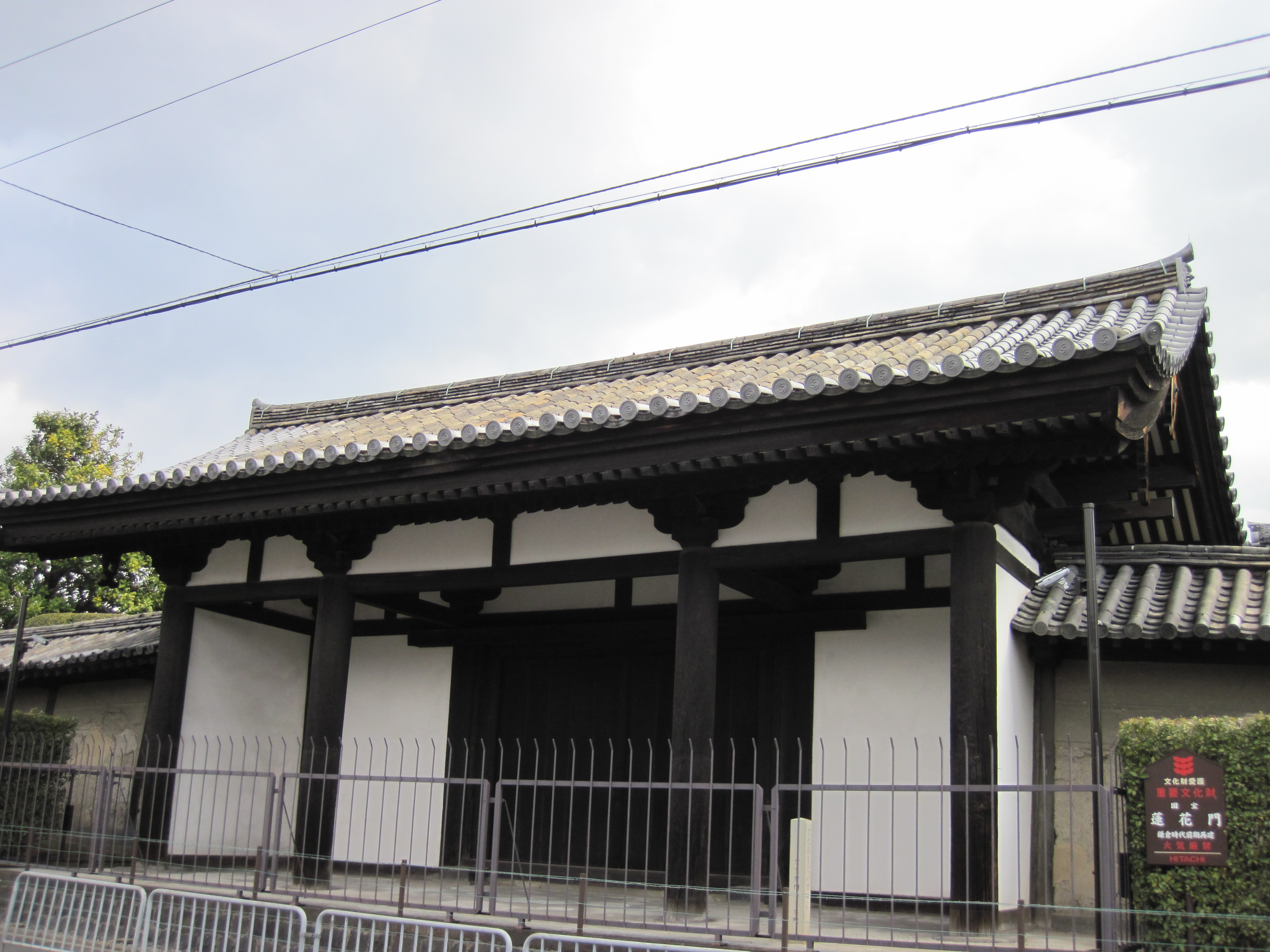

Renge-mon / To-ji Temple
Located in the northwest of To-ji Temple, “Renge-mon Gate” is characterized by its vivid vermilion-lacquered appearance and its elegant design. The name “Lotus Flower Gate” comes from the lotus flower motif on the upper part of the gate. The lotus is a flower that symbolizes purity and enlightenment in Buddhism, indicating that the gate is part of the spiritual symbolism of Toji Temple. Because of its graceful appearance and architectural value, the Lotus Gate has been designated a National Important Cultural Property. Its structure is based on the traditional Japanese architectural style, with a gently sloping irimoya-zukuri roof. The detailed carvings and decorations on the pillars and beams show the skill of a master craftsman and bring a harmonious beauty to the gate as a whole. Historically, the Lotus Gate has been one of the most important gates protecting To-ji Temple since the Heian period. There are various theories as to the date of its construction, but it is believed that the current Lotus Gate was reconstructed in the early Edo period. Craftsmen of the time used their advanced skills in its reconstruction to create a building that symbolizes the prestige and dignity of To-ji Temple.